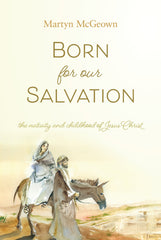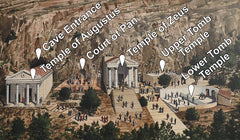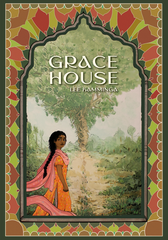Your cart is empty now.
Mrs. Zajac Isn’t Coming Back
Mrs. Zajac wasn’t born yesterday. She knows you didn’t do your best work on this paper, Clarence. Don’t you remember Mrs. Zajac saying that if you didn’t do your best, she’d make you do it over? As for you, Claude, [hopefully] you should [n]ever need brain surgery. But Mrs. Zajac hopes that if you do, the doctor won’t open up your head and walk off saying he’s almost done, as you just said when Mrs. Zajac asked you for your penmanship, which, by the way, looks like you did it and ran. Felipe, the reason you have hiccups is, your mouth is always open and the wind rushes in. You’re in fifth grade now. So, Felipe, put a lock on it. Zip it up. Then go get a drink of water. Mrs. Zajac means business, Robert. The sooner you realize she never said everybody in the room has to do the work except for Robert, the sooner you’ll get along with her. And… Clarence. Mrs. Zajac knows you didn’t try. You don’t just hand in junk to Mrs. Zajac. She’s been teaching an awful lot of years. She didn’t fall off the turnip cart yesterday. She told you she was an old-lady teacher.[1]
Mrs. Zajac was only thirty-four years old, but she liked to call herself an “old-lady teacher.” Her hands were always in a flurry of busyness as she accentuated her words in front of the class. When they temporarily stopped and rested on her hips, her hands looked as if they were in holsters. She was a tough teacher, but her students knew she loved them.










